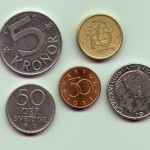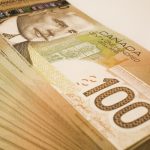Australian dollar took a slide to almost three-year lows against the greenback on Friday, following the PPI data from Australia and ahead of the anticipated non-farm payrolls report from the United States, scheduled for release later in the day.
AUD/USD touched its lowest point since August 2010 at 0.8889 at 1:50 GMT, after which consolidation followed at 0.8918, still down by 0.10% for the day. The pair breached the support level at 0.8928, which was the low of July 31st, while resistance was to be encountered at July 31st high, 0.9072.
Earlier on Friday a report showed that annual producer prices in Australia rose by 1.2% in the second quarter of 2013, after the 1.6% rise during the preceding quarter. On a quarterly basis, the index of producer prices (PPI) added 0.1% in Q2, after rising by 0.3% in the first three months of the year. Demand for goods, excluding export, was boosted by rising prices in construction by 0.6%, infrastructure building, where the price advance was 0.6% and bakery products, where prices rose by 3.6%. These results were fractionally neutralized by decreasing prices by 1.0% of motor vehicles and vehicle equipment, as well as lower prices in the farming sector, by 4.1%.
Australian currency registered a decline against the US dollar for a fifth day ahead of the Reserve Bank of Australia meeting for a monetary policy decision next week, where policymakers are expected to lower borrowing costs.
Meanwhile, today the US Labor department will probably state that employers added 185 000 new jobs in July after the registered increase in job positions by 195 000 in June, according to the median estimate of economists surveyed by Bloomberg. “The risk is that Aussie and kiwi do weaken on the back of a stronger payrolls number,” said Peter Dragicevich, a Sydney-based currency economist at Commonwealth Bank of Australia (CBA), cited by Bloomberg. An improvement in data “would just reinforce expectations that the Fed will begin to taper asset purchases over the next few months.”
Australian dollar was trading lower versus the euro, as EUR/AUD pair added 0.16% to 1.3692. The Aussie has reduced its value by almost 12% over the past three months, the worst performing currency among 10 developed-nation currencies, tracked by Bloomberg Correlation-Weighted Indexes.





